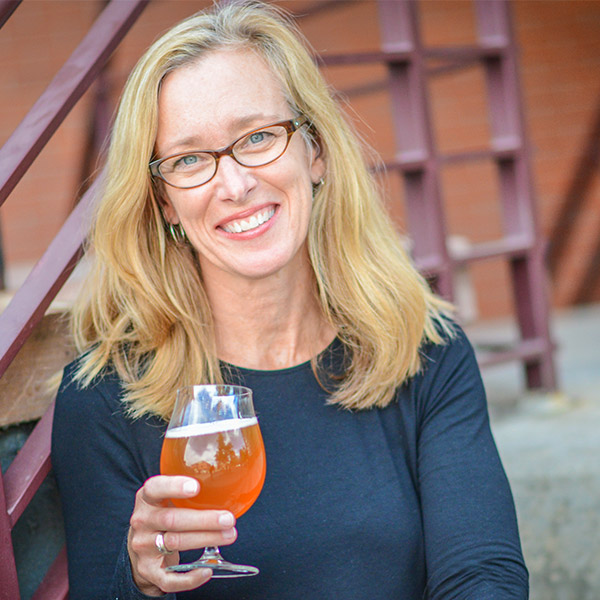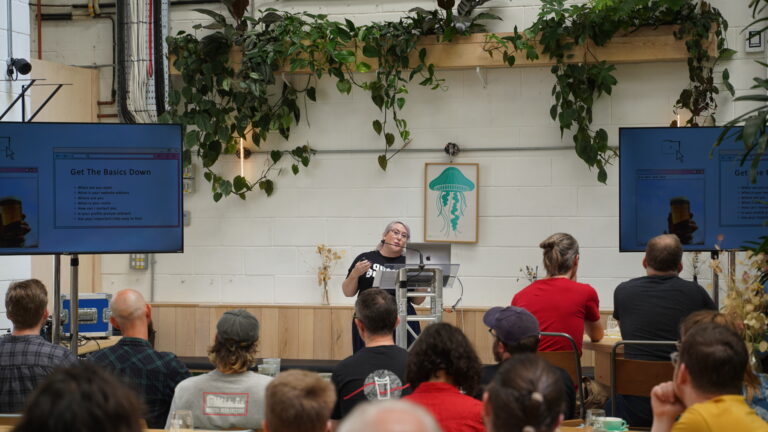With a high specification dried yeast, re-pitching becomes a possibility, and with it comes the potential for significant savings in annual yeast cost, explains Andrew Paterson, technical sales manager for the UK, Ireland and Scandinavia at Lallemand Brewing.
Let’s face it, brewers these days are under the cosh. The combined pressures of high ingredient and energy prices, competition from global ‘craft’, a crowded independent market and high levels of inflation and interest have come together to present brewers with a perfect storm.
The SIBA UK Brewery Tracker shows a net loss of 94 breweries so far this year, and the recent budget shows no signs of easing the pressure (apart from cutting duty by one penny a pint).
The strap line ‘made with the highest quality ingredients’ is ubiquitous across the independent UK brewing sector, but in a high pressure environment money inevitably talks, and quality can begin to slide with brewers replacing the highest quality ingredients, with ones actually representing the lowest cost.
The lowest cost and the highest quality rarely go hand in hand, and brewers taking this route ought to consider whether or not they would be happy to sell the lowest cost beer.
For the independent brewing sector to thrive, quality really does have to be at the forefront of what we do.
Global brewers may create less exciting products than those in the independent sector, but their levels of quality are genuinely very high.
If craft brewers don’t maintain high levels of quality, what is to stop drinkers looking elsewhere. After all, who wants to drink exciting, but low quality beer?
Yeast has certainly not been immune to the cost cutting measures we have seen of late. Recent years have seen the introduction of many low cost, white label brands selling yeast at fractions of the price of established producers.
Lallemand is a family owned biotechnology company which has been making yeast in its own plants since 1923.
Continuous improvement, and R&D are key elements of the Lallemand global strategy, which gives us great insight into the effort that goes into creating high quality dried yeast, suitable for use in the brewing industry; it is not easy.
For brewing, the required specifications go far beyond those needed for the production of yeast created for our baking, distilling and wine businesses, and is the reason that we have designated our yeast plant in Vienna as the sole production site for most brewing yeast within the Lallemand Group.
This plant is isolated from strains of Saccharomyces cerevisiae (var diastaticus), and is capable of hitting industry leading specifications for dried yeast. By contrast, most white label yeast is produced factories catering to many different sectors, such as baking, without the same attention to detail employed.
The consequence of the great efforts Lallemand go to create high specification dried yeast is that we can offer brewers a solution to their cost pressures, while not having to compromise on quality. While hardly a revolutionary practice, with a high specification dried yeast, re-pitching becomes a possibility, and with it comes the potential for significant savings in annual yeast cost.
This could reach into the tens of thousands for a larger craft brewery which doesn’t already re-pitch their yeast.
For re-pitching to be successful quality is imperative, without it, any contaminant will exponentially increase during each subsequent fermentation leading to atypical fermentation, flocculation and flavour changes. Lallemand active dried yeast meets this high specification for reuse.
Recently, Lallemand have been running courses in the UK, Sweden, Estonia and Spain where our qualified technical support team have been teaching brewers how to implement yeast re-pitching in the brewery.
This course has focussed on the fundamentals of yeast cell biology before moving on to a detailed discussion of yeast counting and staining using a microscope and haemocytometer.
A cost justification for the procurement of laboratory equipment was also provided. Following the theoretical element of the course, we ran a practical workshop demonstrating to brewers how to use a microscope to count cells, and how to utilise that knowledge to pitch the correct quantity of yeast into their fermentations.
In many respects, these actions are among the first principles of brewing, and are standard practice at the larger or family brewers.
Smaller brewers however, often do not have the resources or qualified people with this knowledge in house.
Part of the Lallemand offering is that we do have these, and as well as holding courses, our technical support team are more than happy to visit customers to help them implement these systems within their breweries. Our tagline is ‘We Brew With You’ for a reason.
With tough times come tough choices. As a business you could choose to cut costs by moving away from suppliers of quality ingredients and expose yourself to the increased level of risk that comes with choosing a budget supplier.
Alternatively, you could invest in raw materials, people and training, and allow these people to use their new found skills to identify opportunities to increase efficiency, reduce costs and drive quality across your business.








